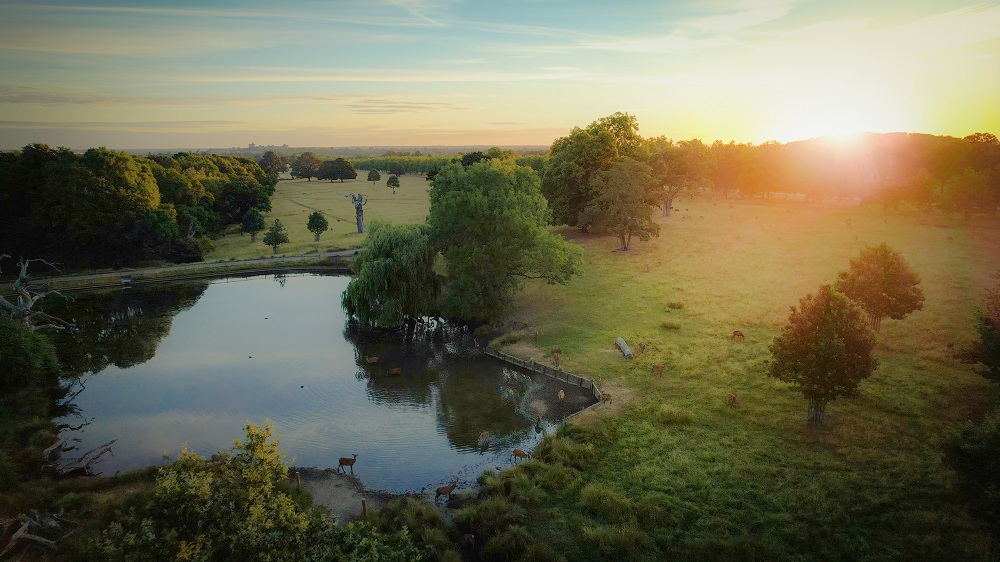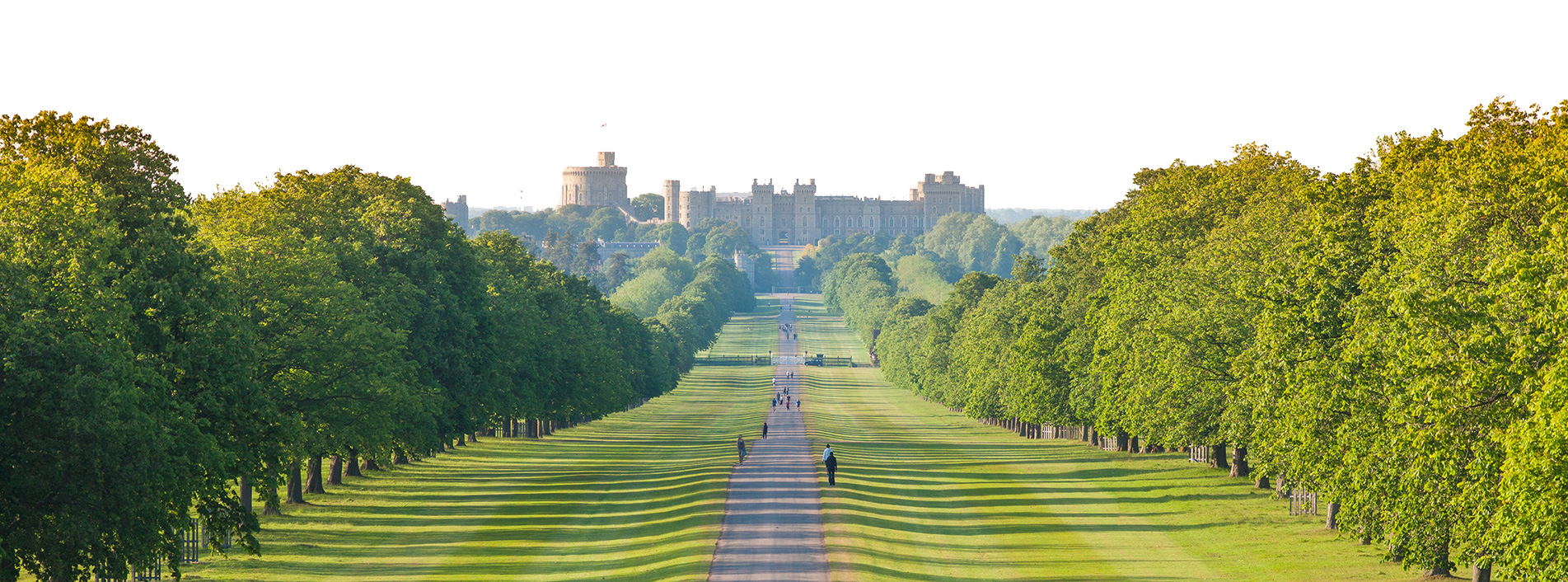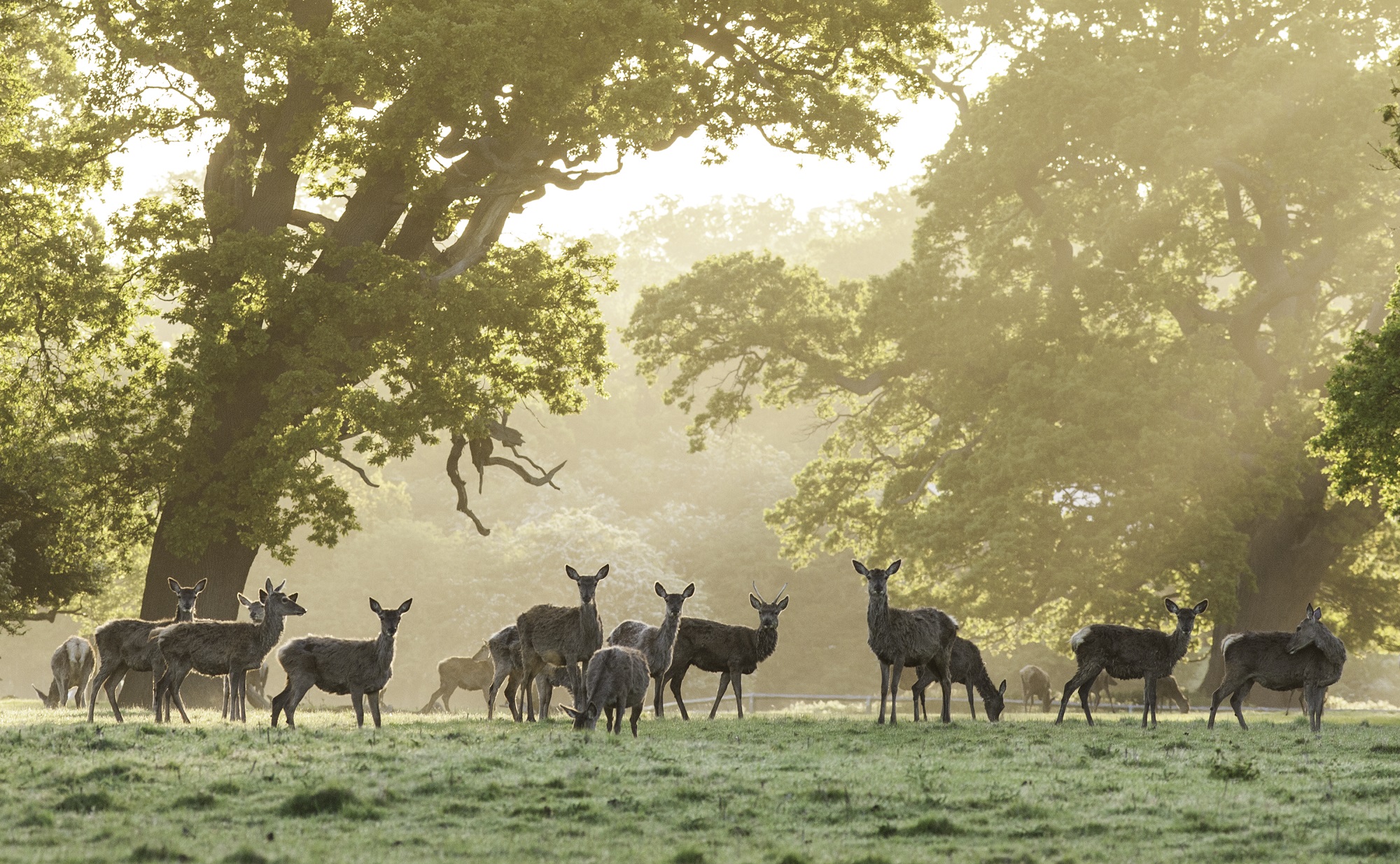
The Rangers of Windsor Great Park
The primary responsibility of the Ranger of Windsor Great Park is to offer oversight and guidance to the Deputy Ranger and his team in the day-to-day stewardship of one of the country’s oldest landed Estates.
This trusted role can trace its roots back to 1559 when Sir Henry Neville was appointed Ranger in the Reign of Queen Elizabeth I. The role is now held by His Majesty The King, Charles III.
View the time line below and learn more about our story here.
2022
2022
His Majesty King Charles III
His Majesty King Charles III officially became The Ranger of Windsor Great Park, seventy years after his father, The Prince Philip, Duke of Edinburgh was appointed to the post.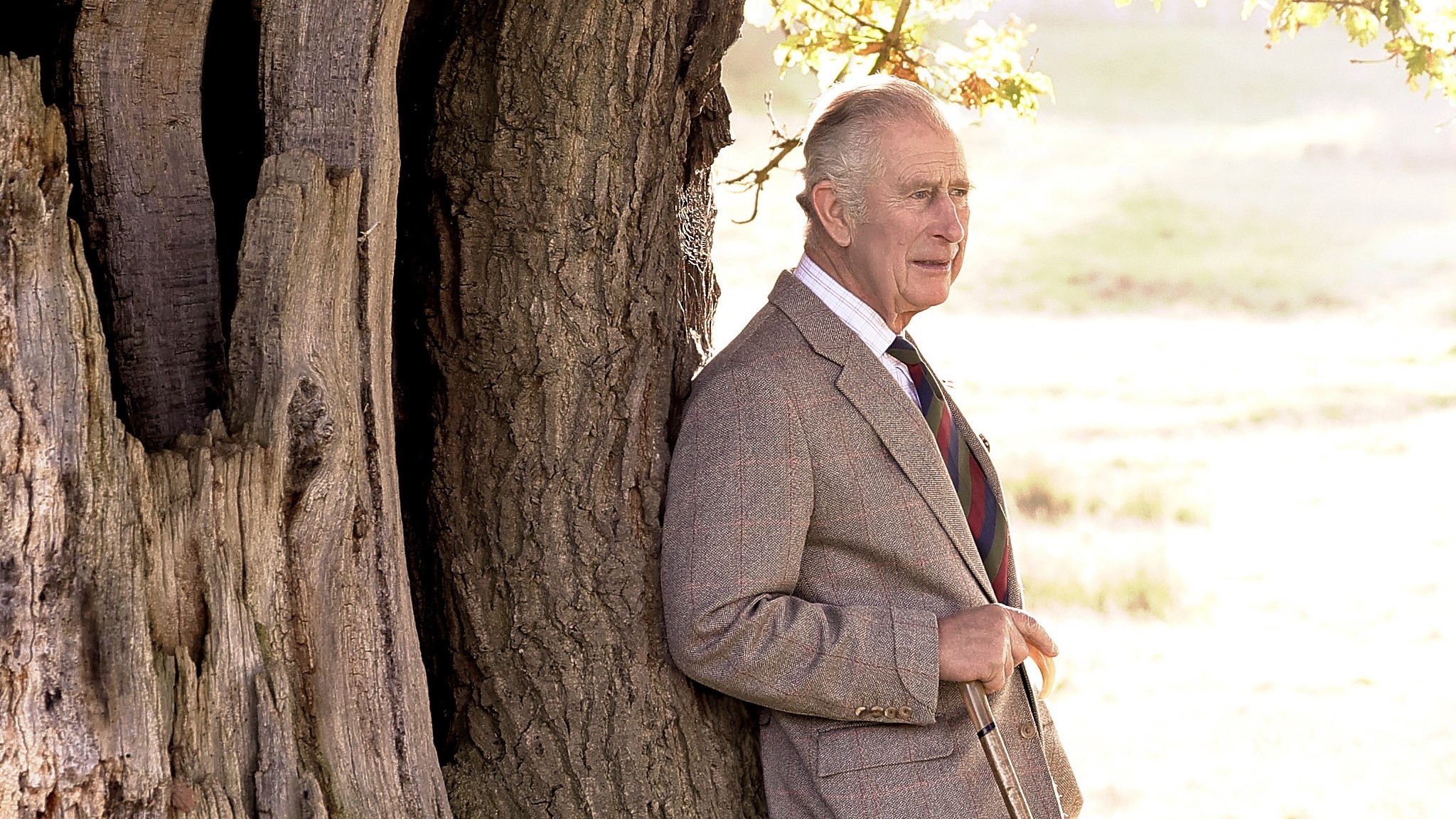
1952
1952 – 2021
The Prince Philip, Duke of Edinburgh
The Duke of Edinburgh was the longest serving Ranger of Windsor Great Park, acting as steward for one of the nation’s most iconic landscapes for nearly 70 years.
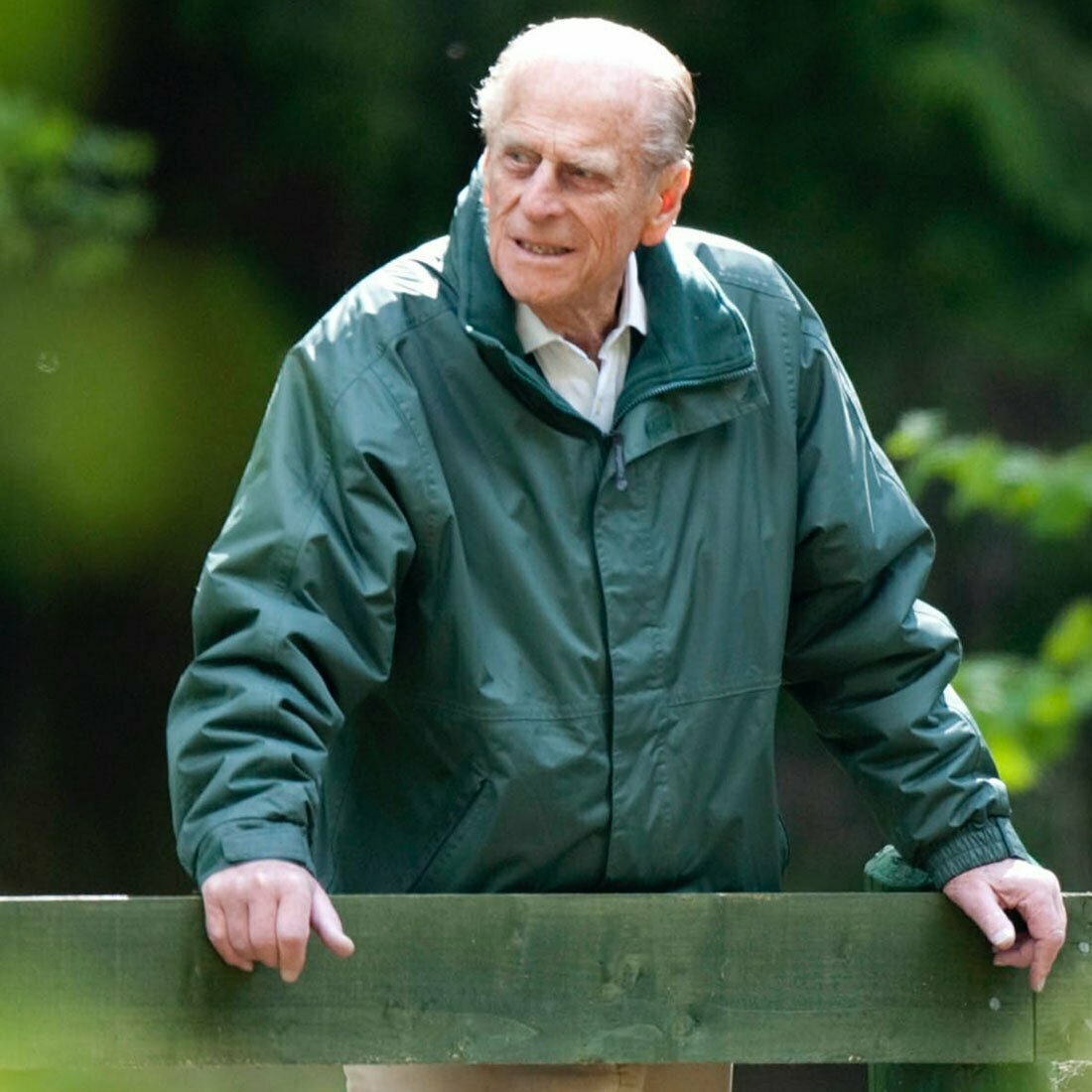
1936
1936-1952
King George VI

1917
1917-1936
King George V
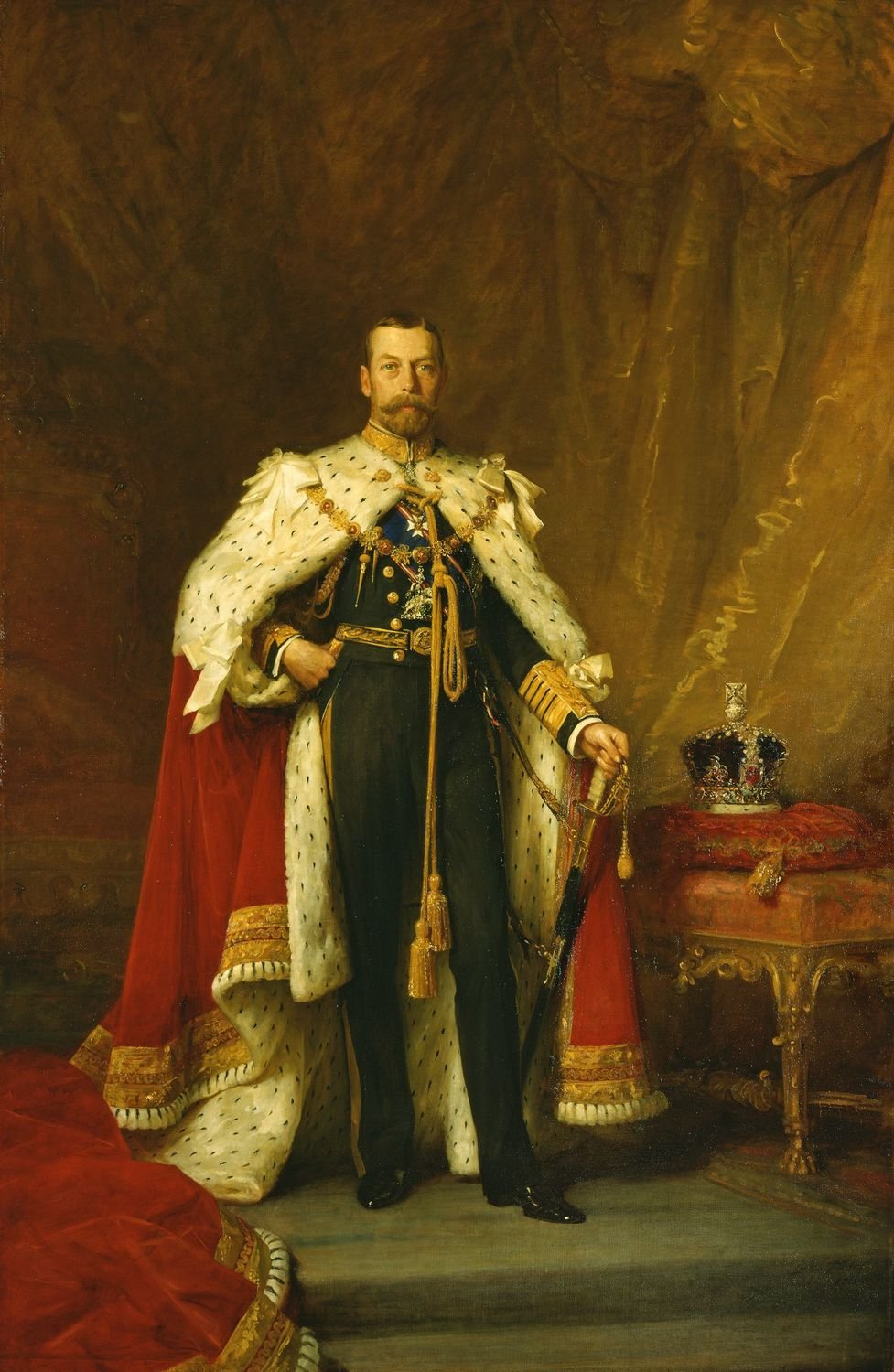
1861
1861-1917
Prince Christian of Schleswig-Holstein
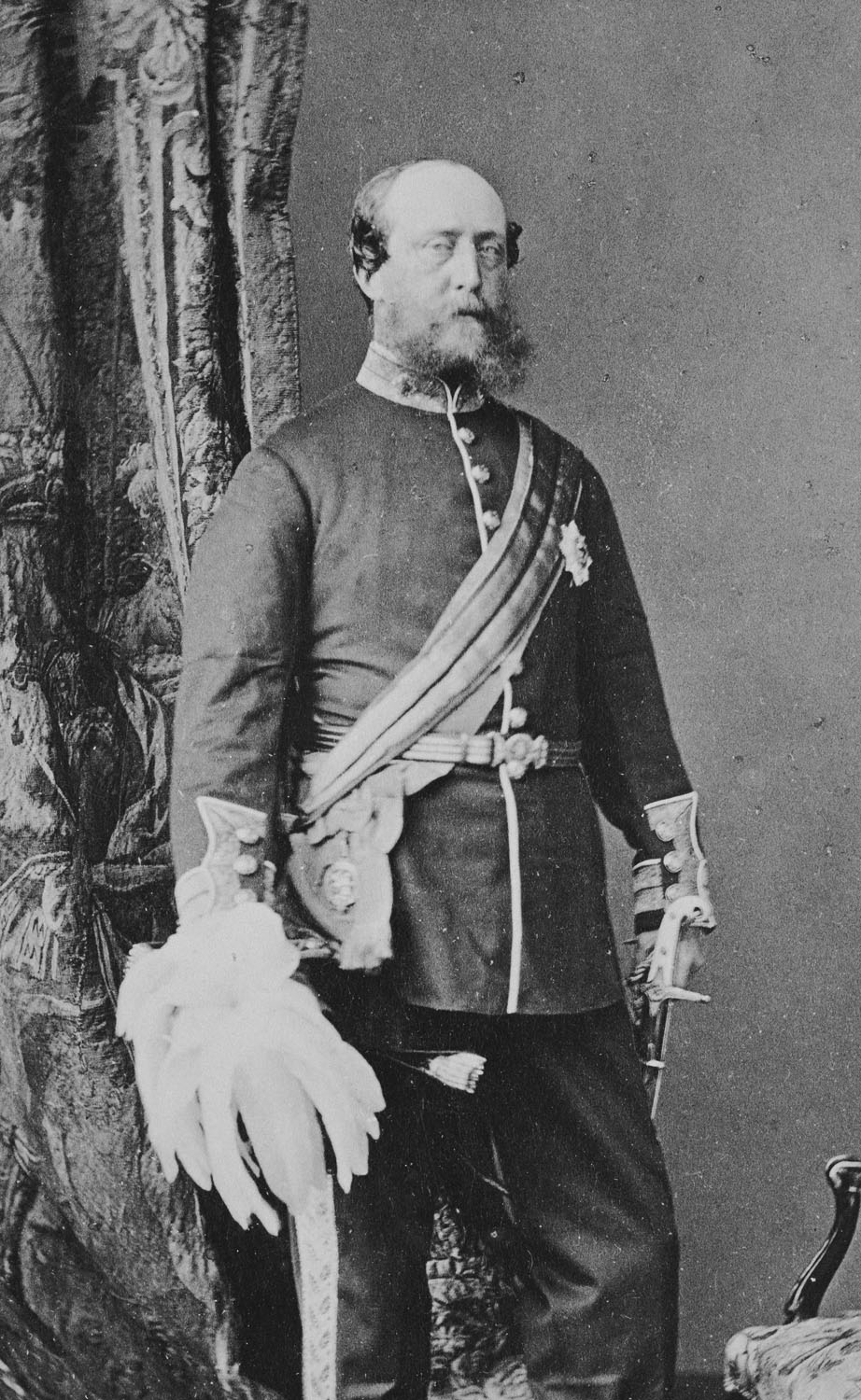
1841
1841 – 1861
Prince Albert The Prince Consort
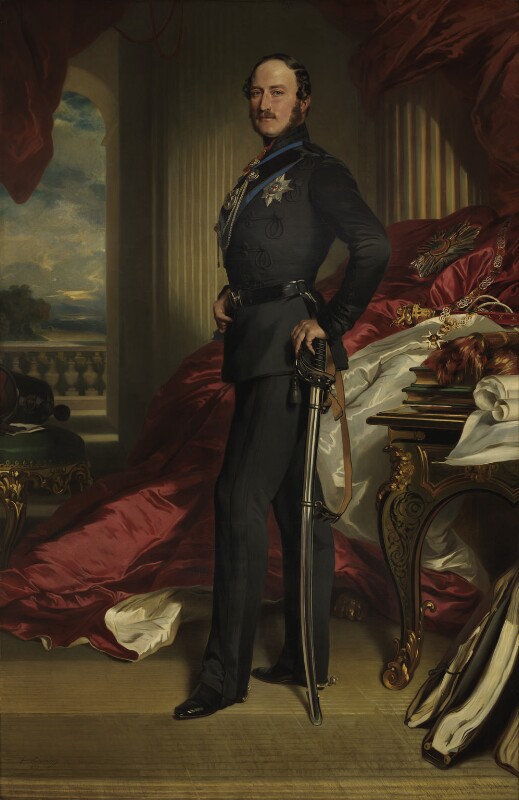
1837
1837-1841
Queen Victoria
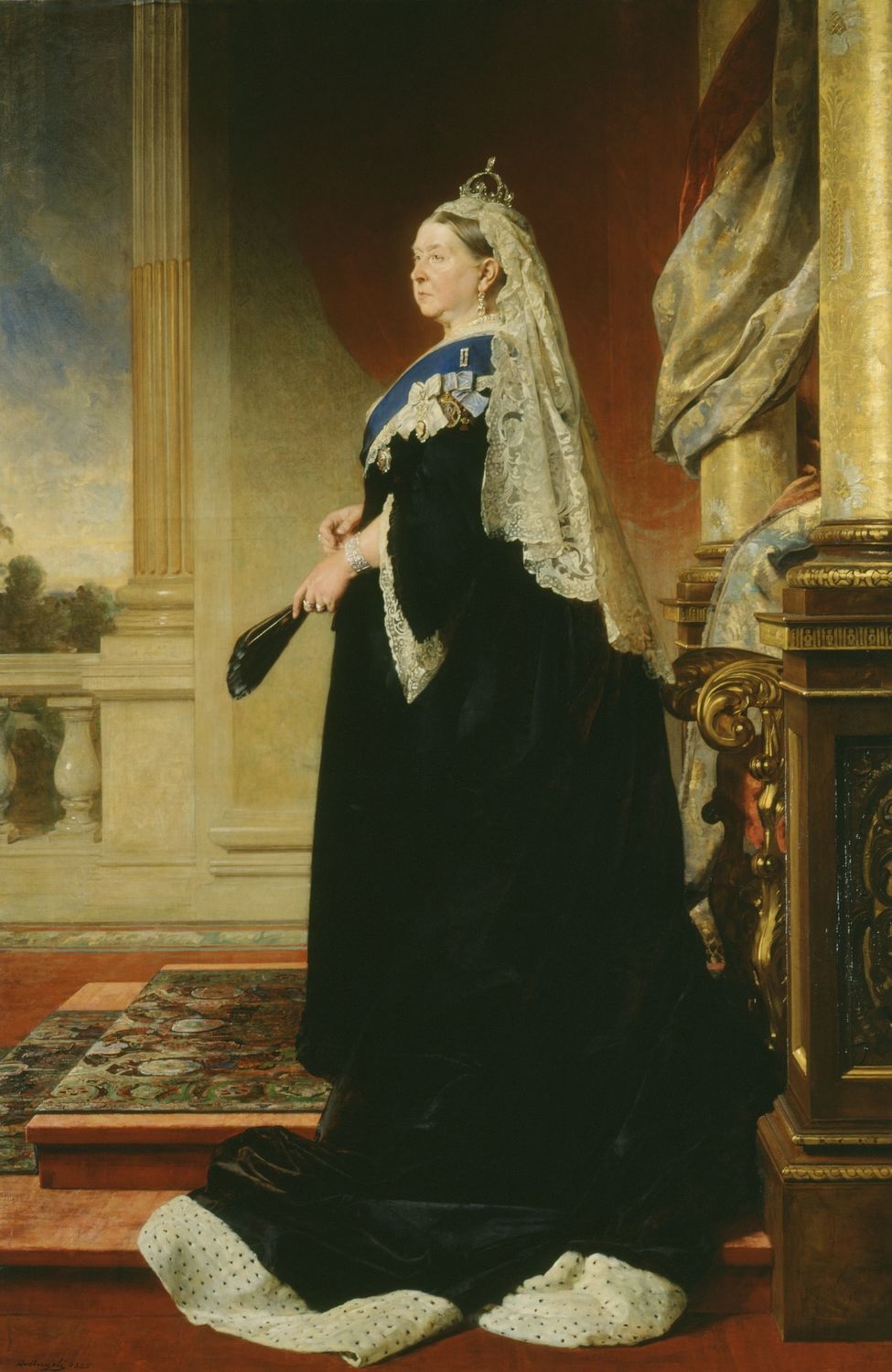
1830
1830-1837
King William IV
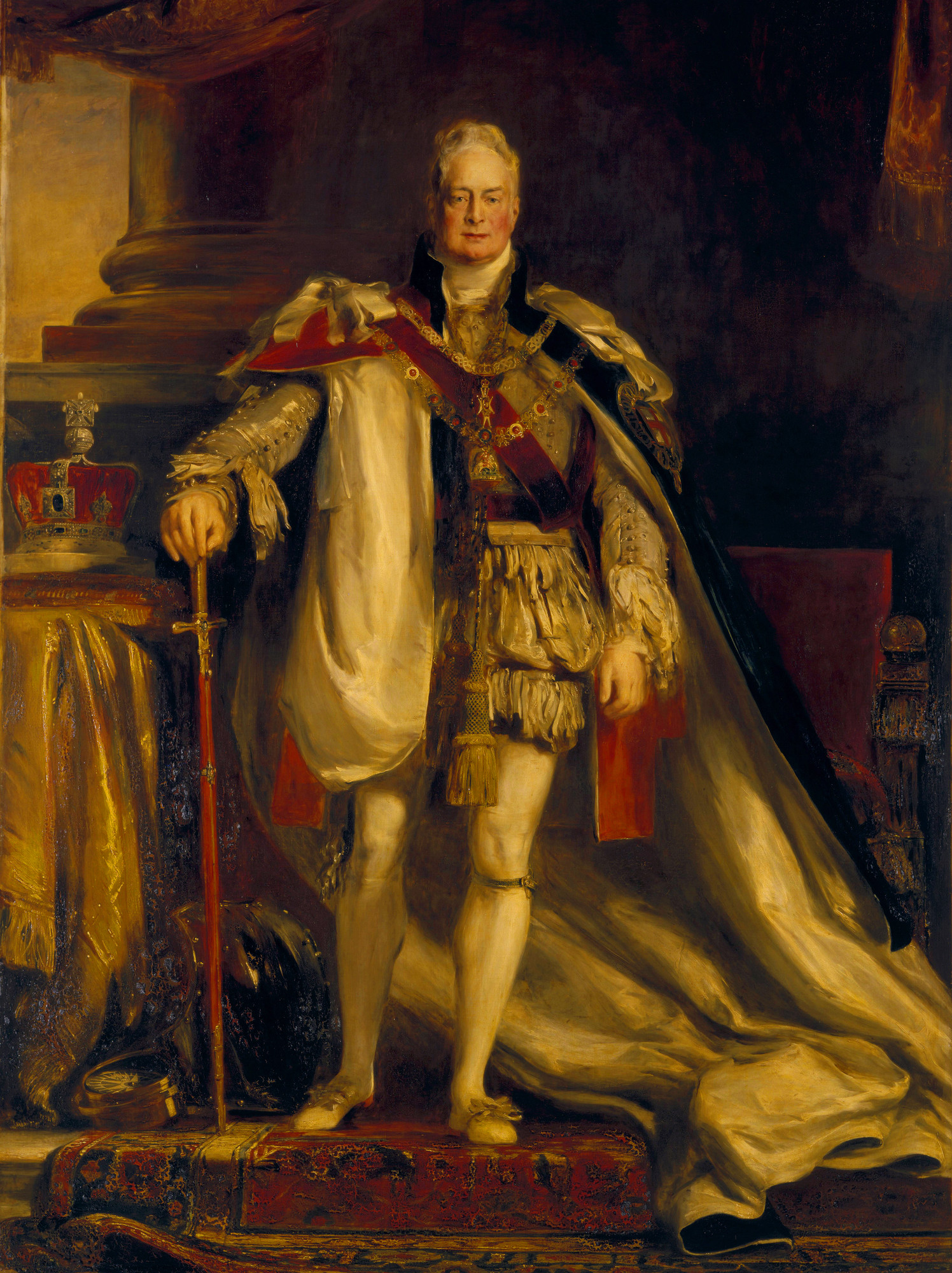
1815
1815-1830
King George IV
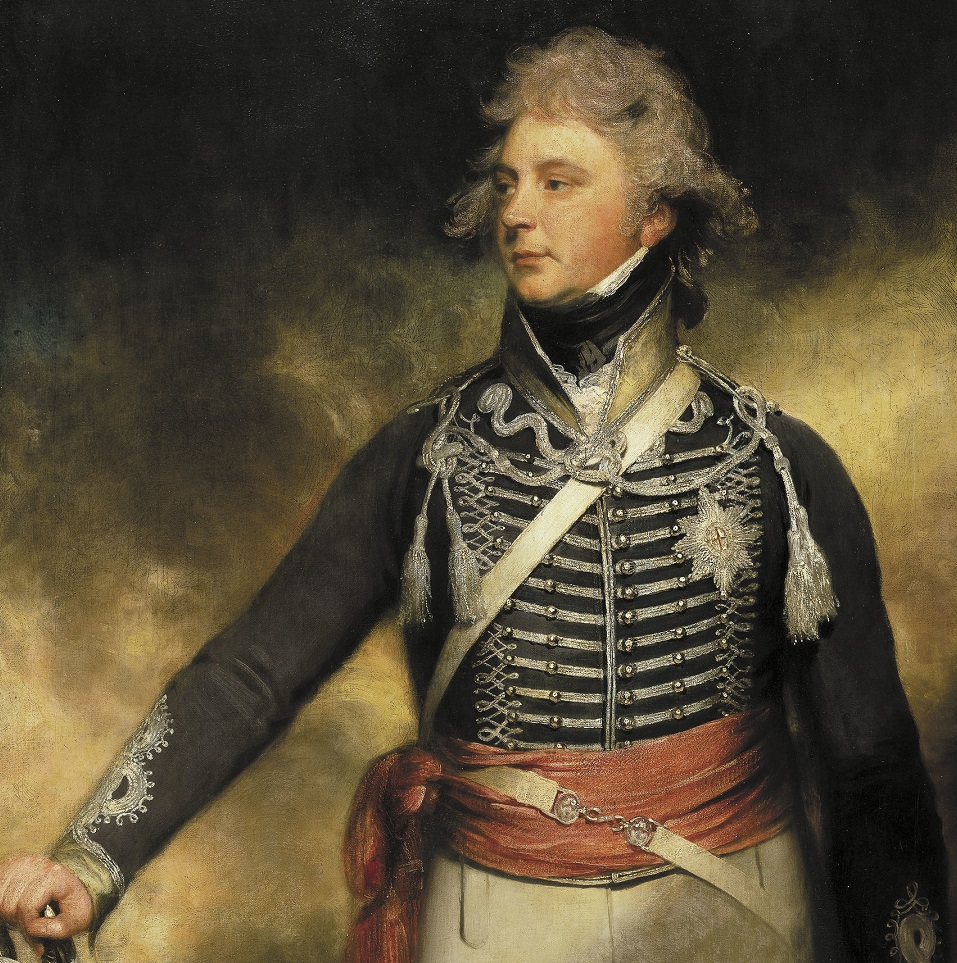
1791
1791-1815
King George III
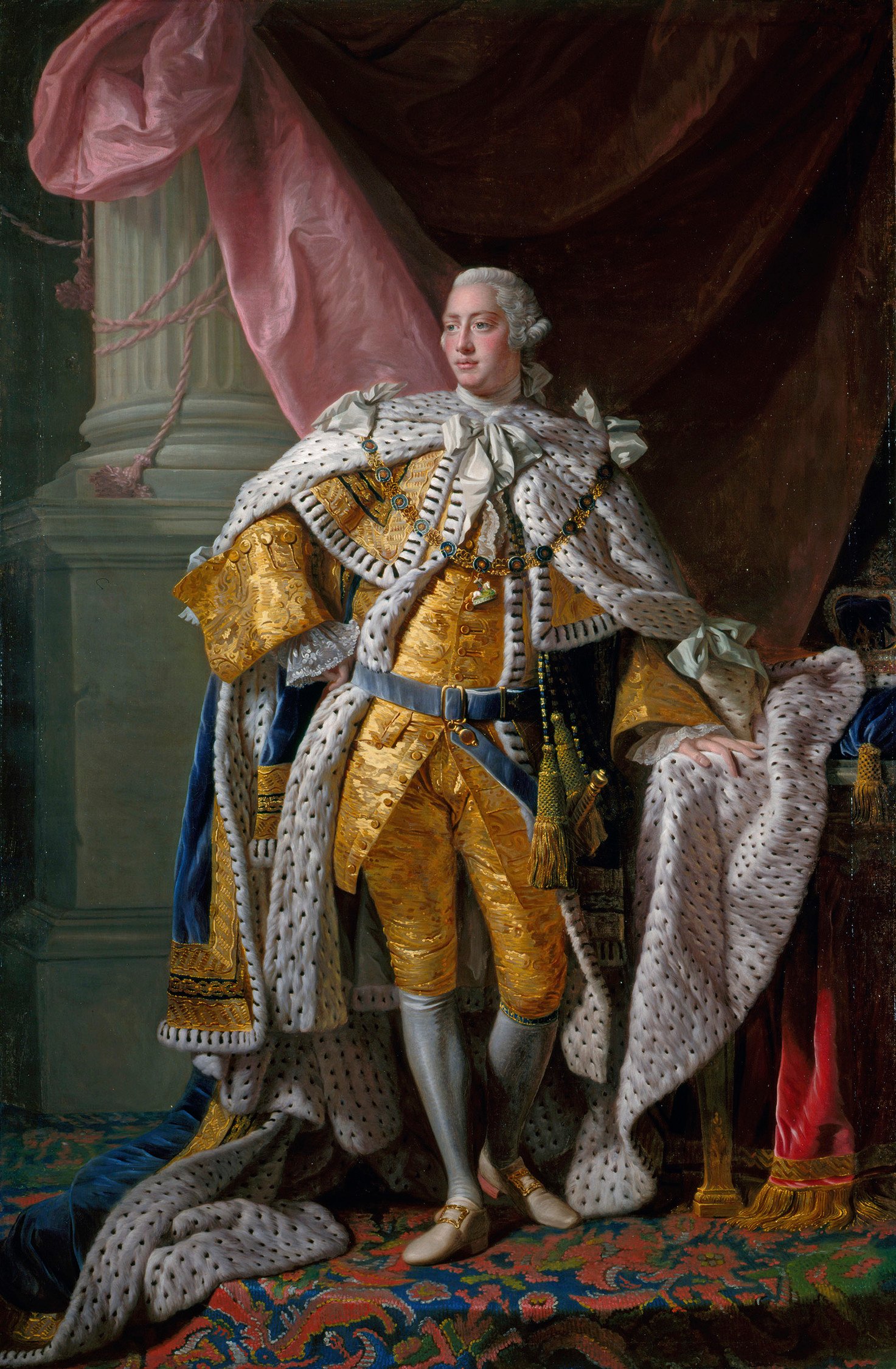
1766
1766 – 1791
Henry Frederick, Duke of Cumberland
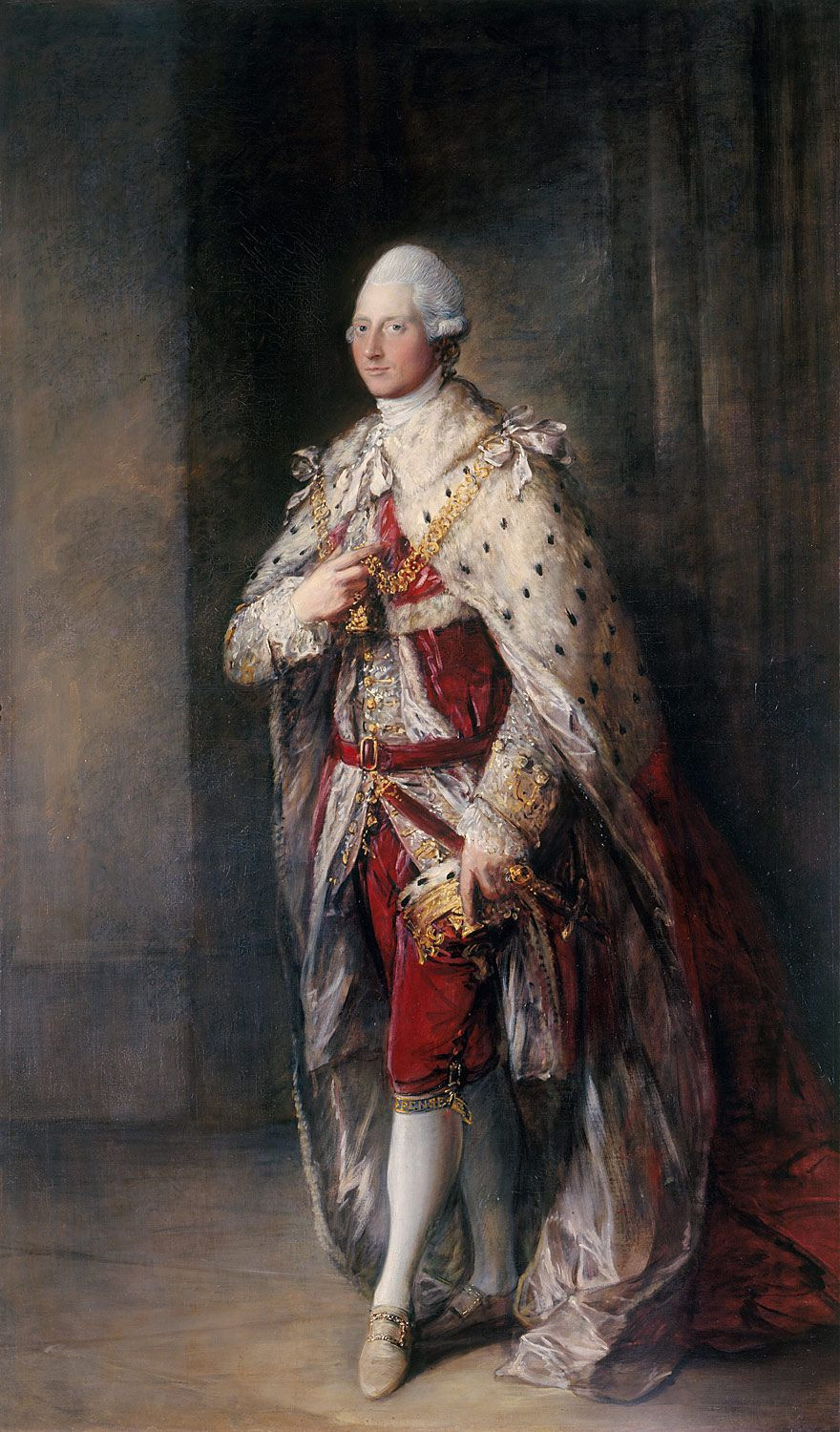
1746
I746 – 1766
William Augustus, Duke of Cumberland
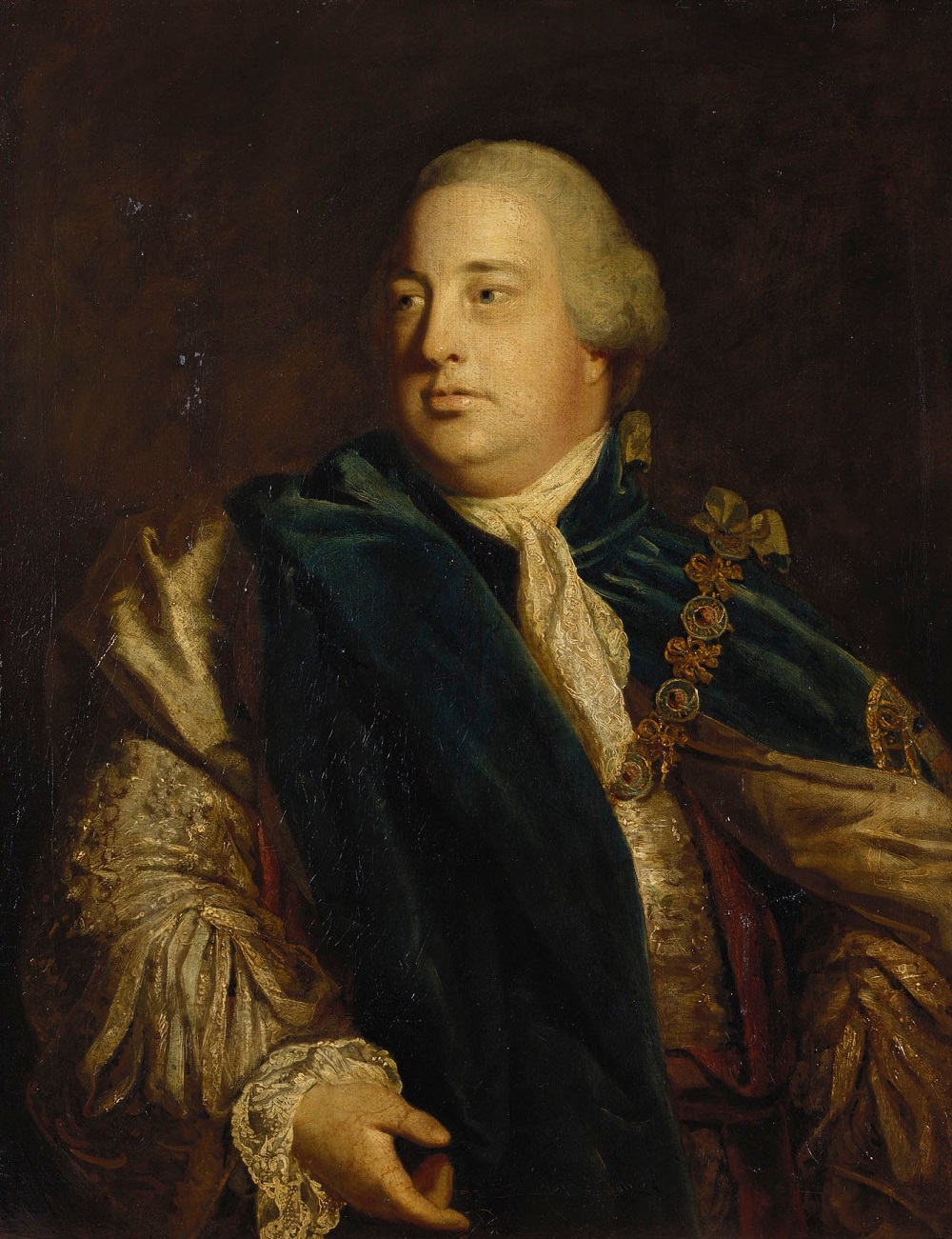
1744
I744 – 1746
The Honourable John Spencer
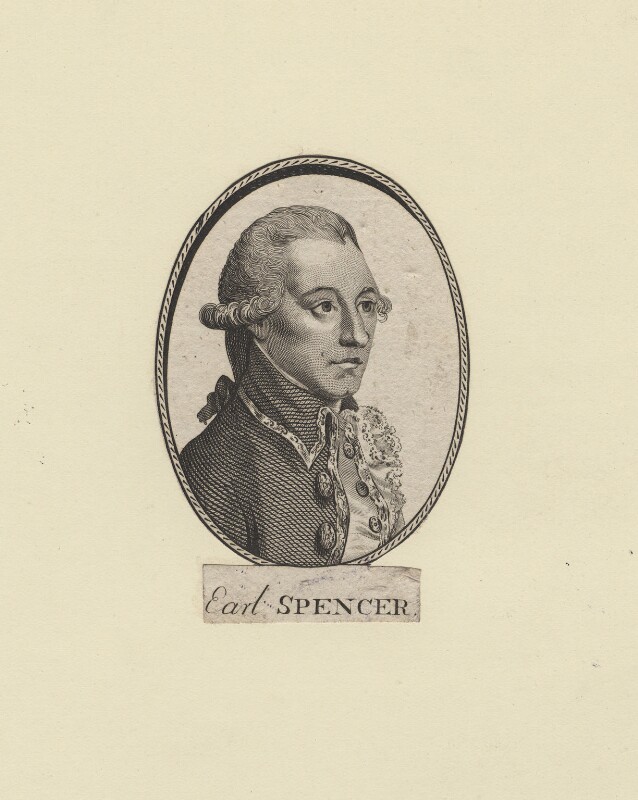
1709
1709 – 1751
Mary, Duchess of Montagu
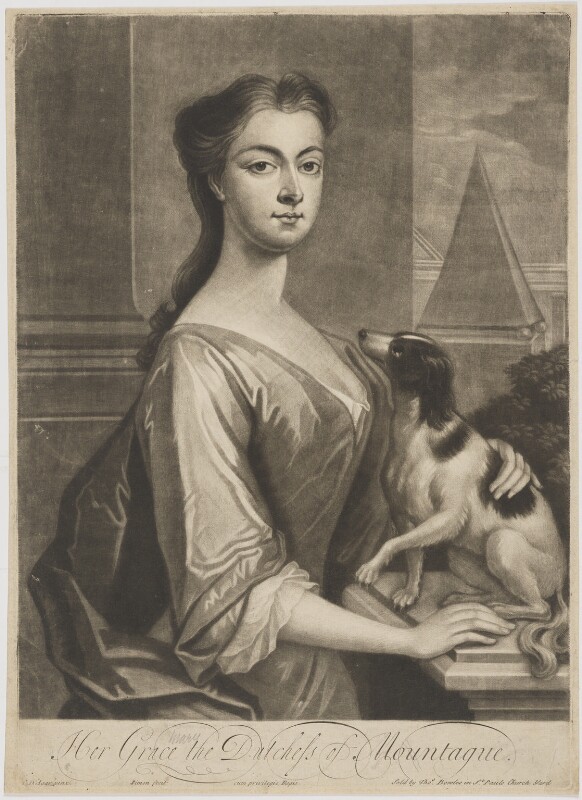
1709 – 1733
Henrietta, Countess of Godolphin
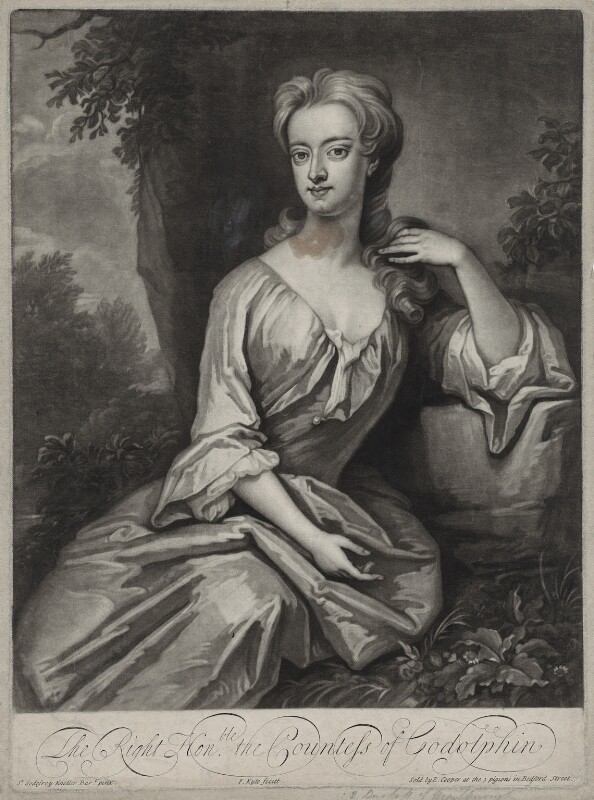
1702
1702- 1709
John, Duke of Marlborough
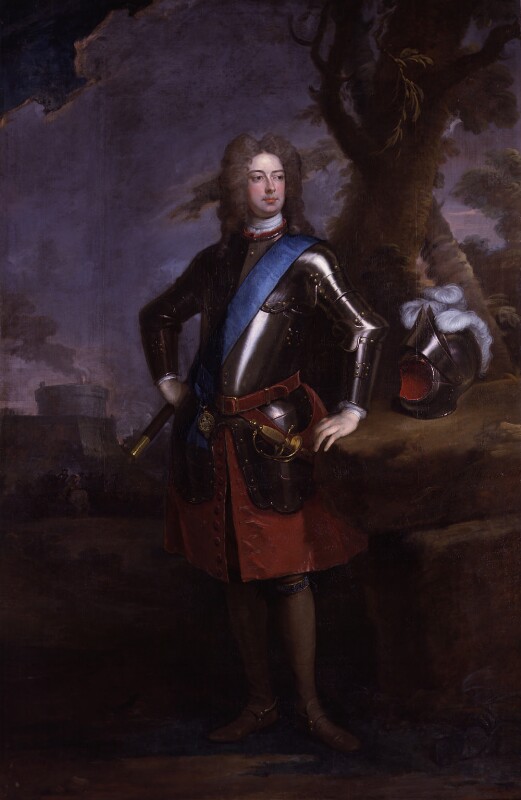
1702 – 1703
John Churchill, Marquess of Blandford
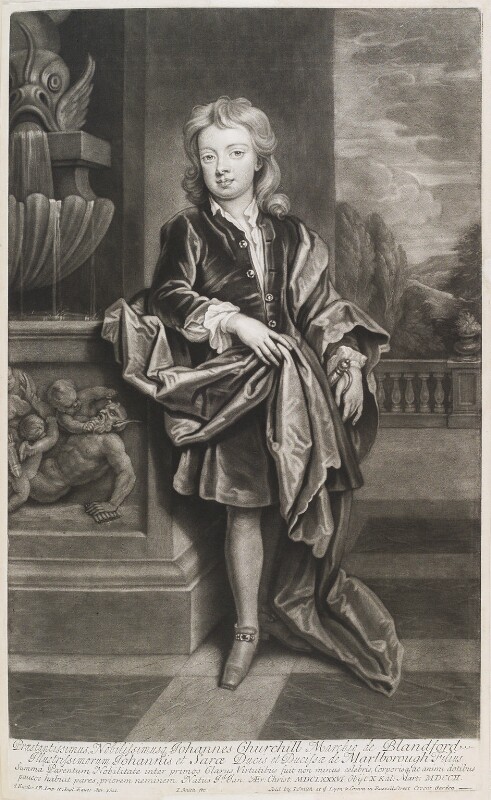
I702 – 1744
Sarah, The Duchess of Marlborough
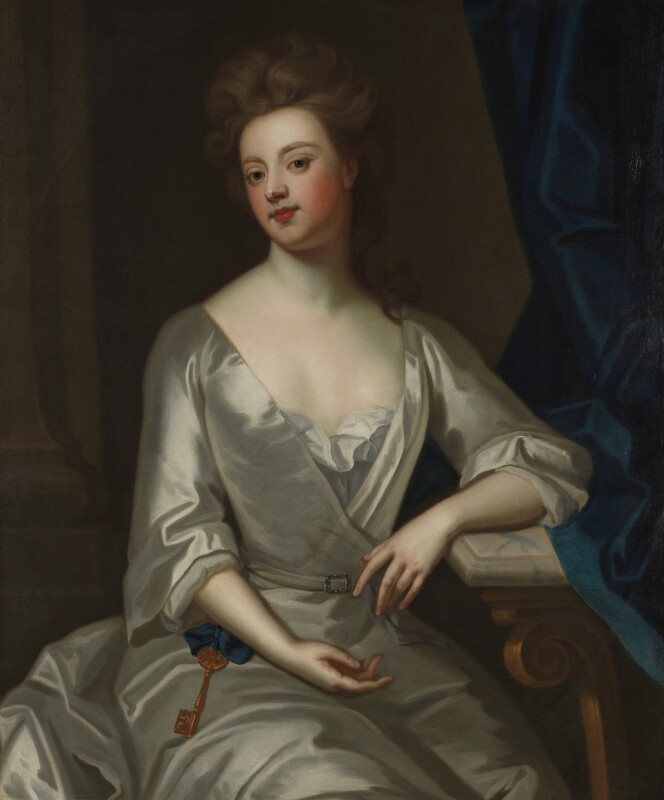
1697
1697 – 1702
William Earl of Portland

1671
1671- 1697
Baptist May
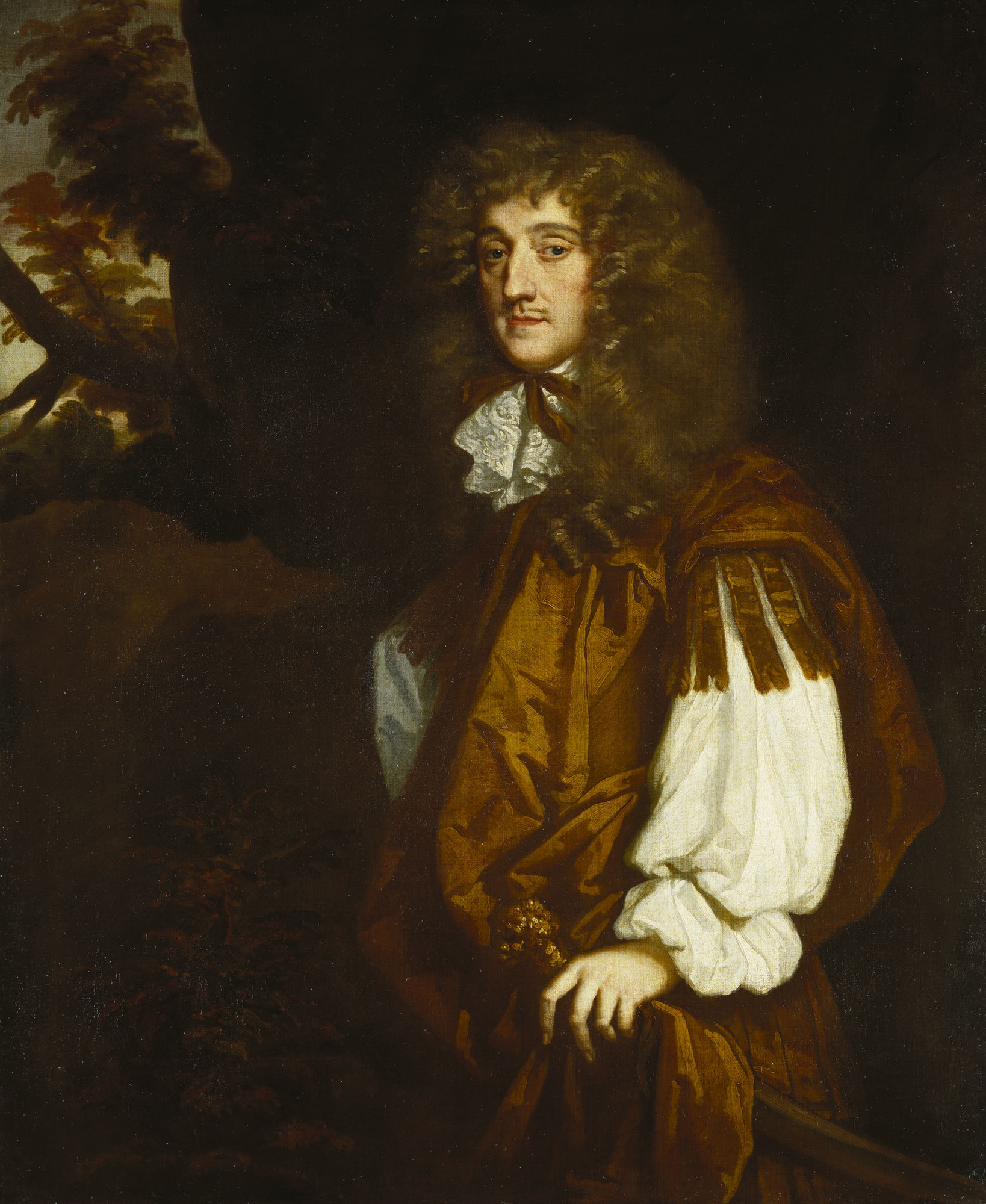
1668
1668-1671
Prince Rupert

1662
1662-1668
Lord Maudaunt
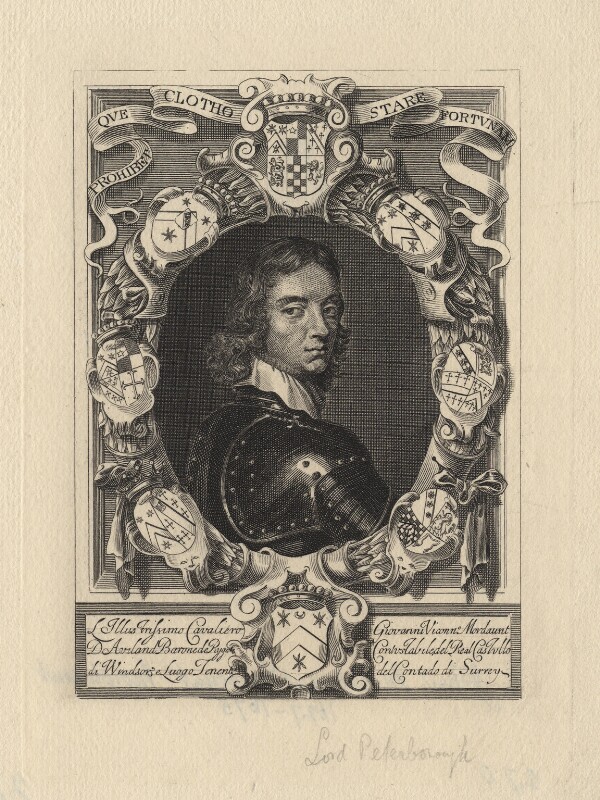
1648
1648 – 1662
Philip, Earl of Pembroke
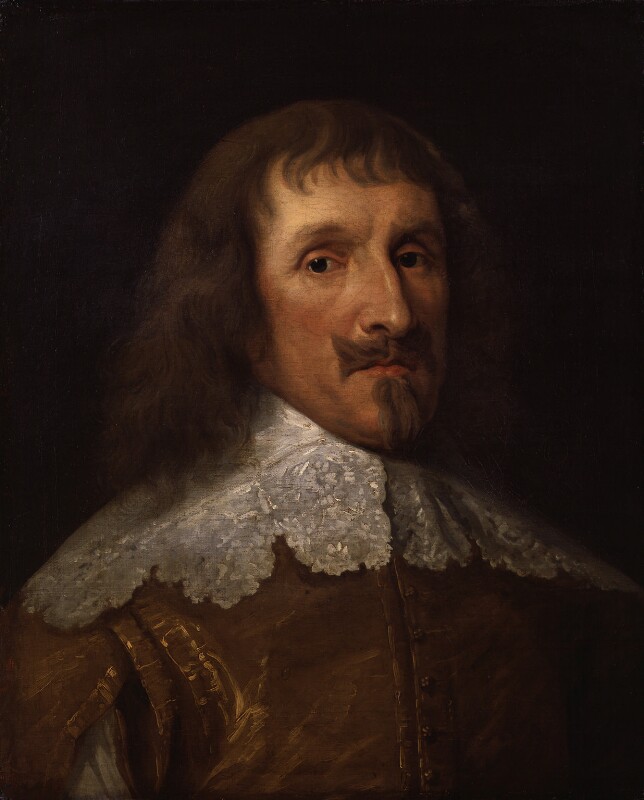
1644
1644 – 1662
Sir Edward Nicholas
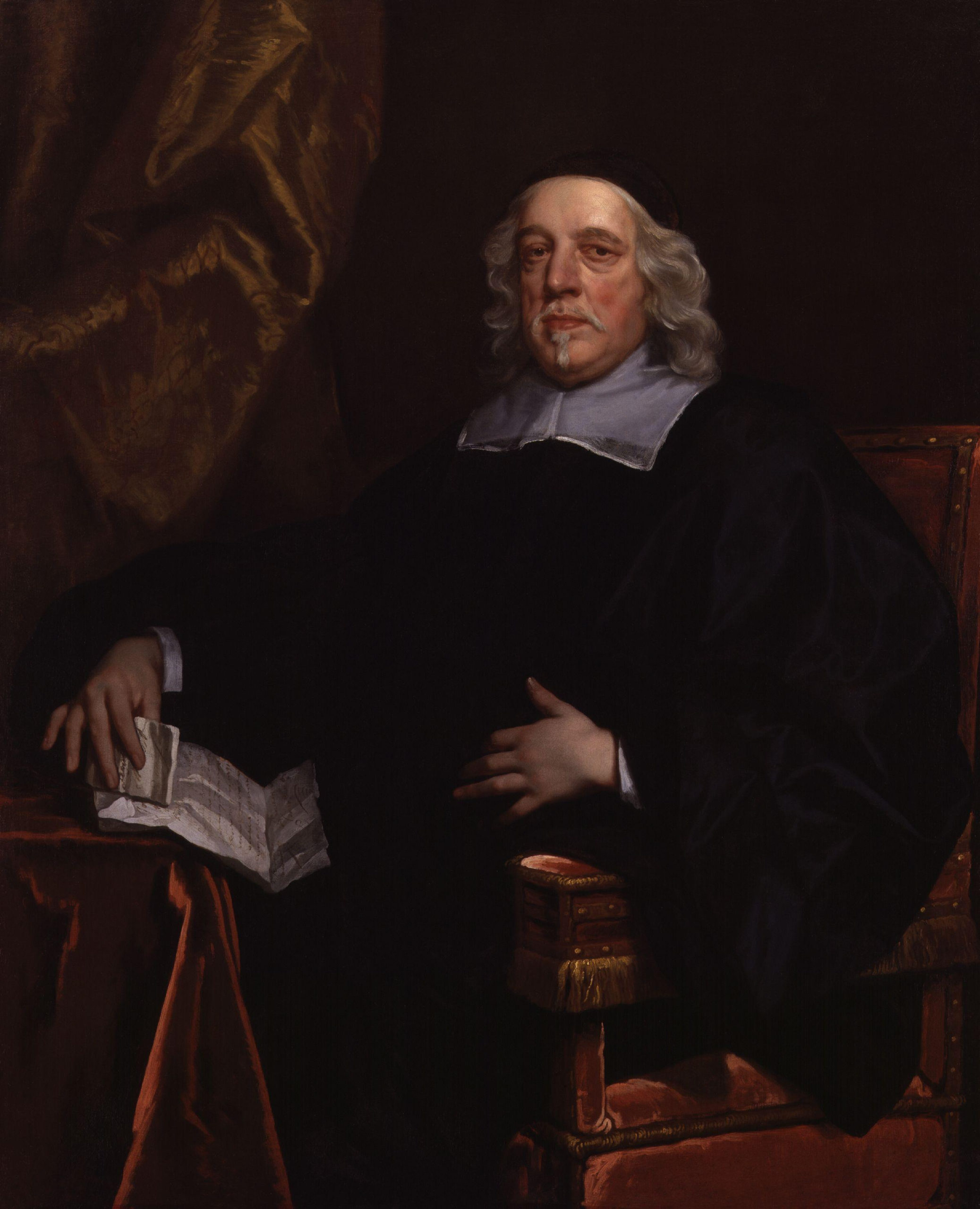
1607
1607-1647
Sir Richard Lovelace
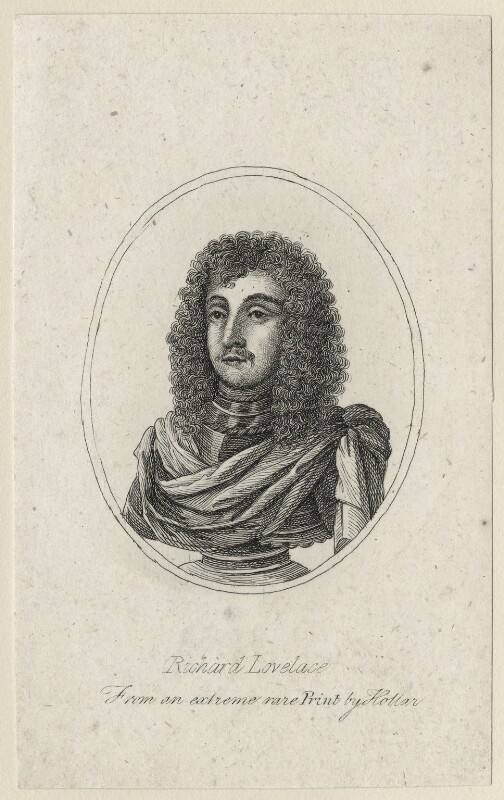
1559
1559 – 1607
Sir Henry Neville
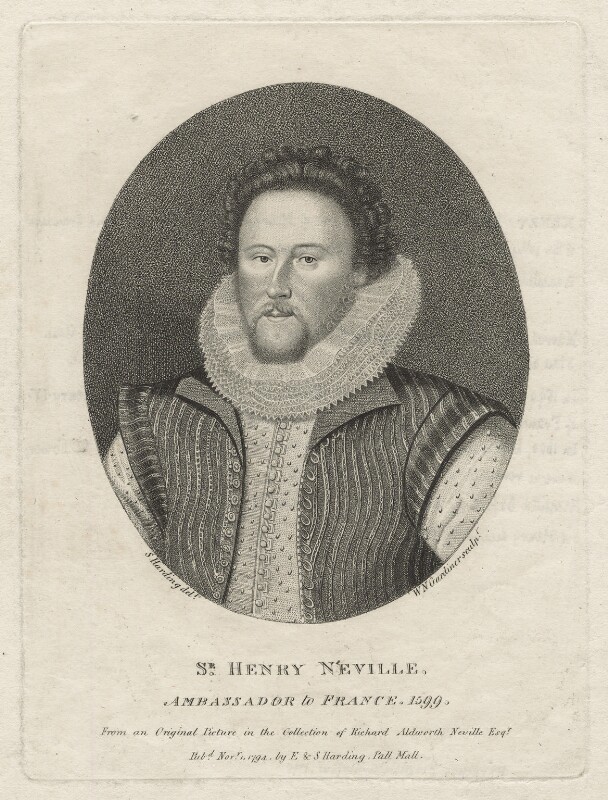
Discover more
Explore other aspects of Windsor Great Park.
Our Story
Windsor Great Park is part of the operational Windsor Estate, which also includes commercial forests, golf courses, farms and the Ascot race course.
From William I’s hunting grounds to Queen Victoria’s royal picnics, the landscape has been improved, cherished and shared by a long line of monarchs.
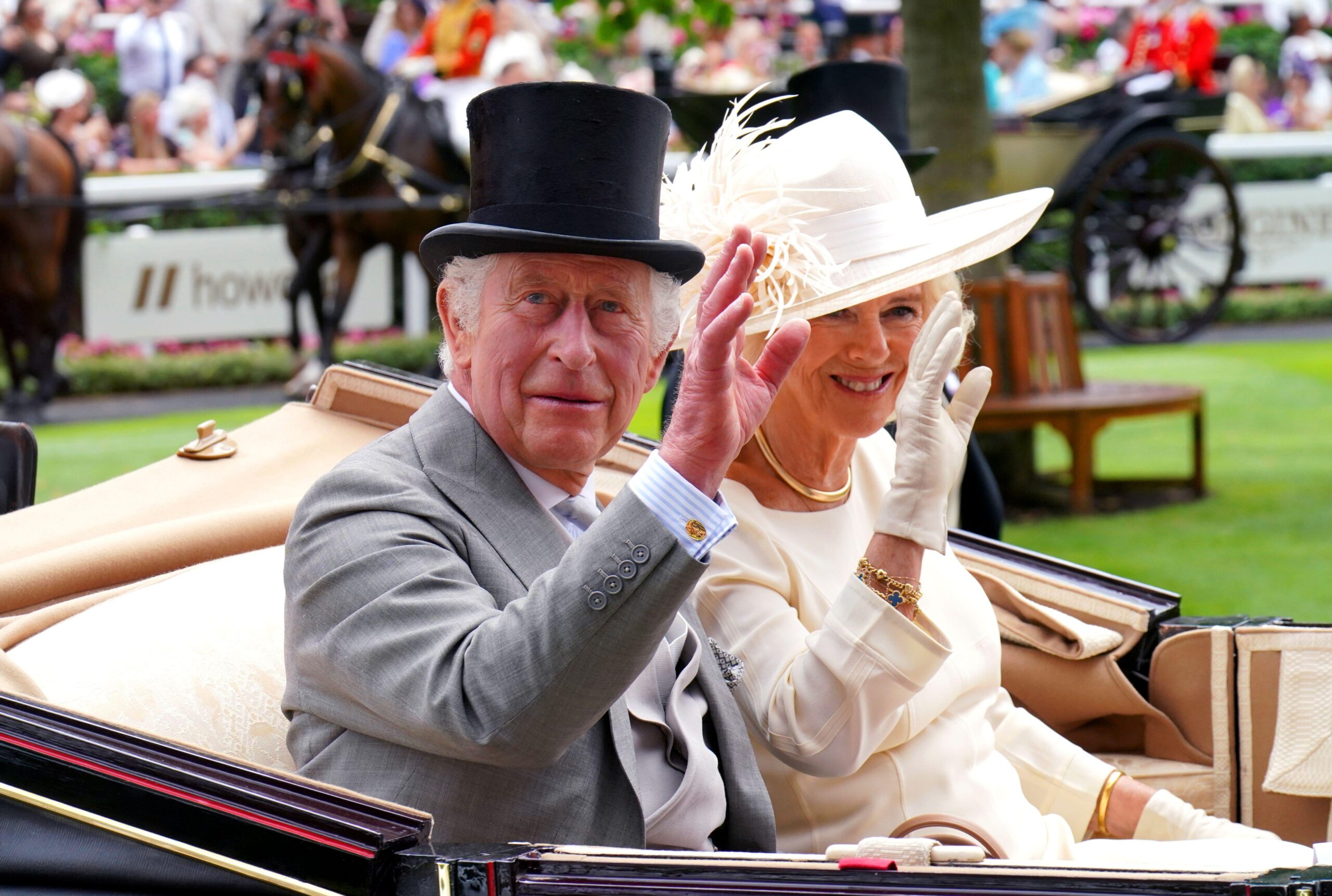
Historic timeline
Take a journey through the ages with our Historic Timeline, which tells the story of Windsor Great Park and its Royal associations, from the Battle of Hastings right through to the present day.
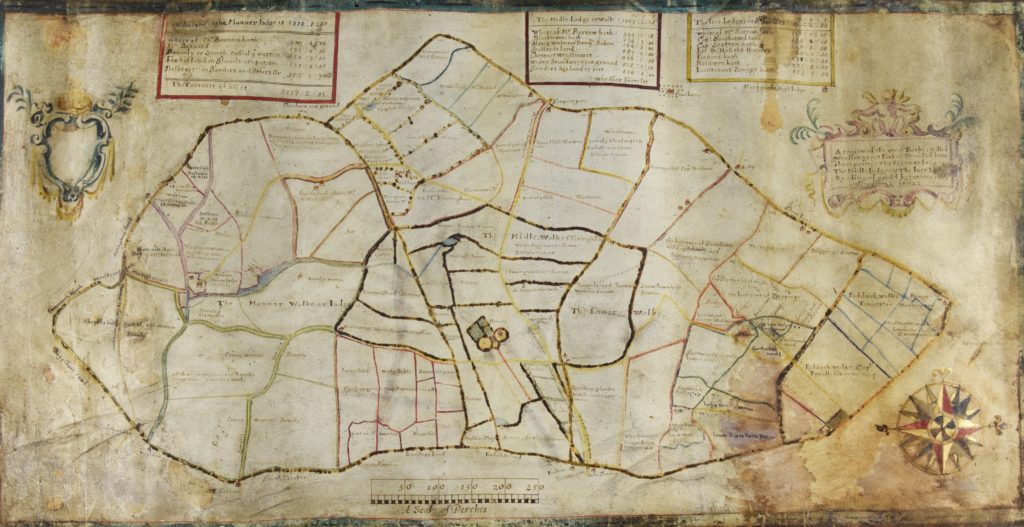
Conservation & Stewardship
The Windsor Estate is home to a vast array of flora and fauna. The long-term stewardship of its habitats and wildlife – by The Crown Estate – has made the Estate an internationally recognised example of biodiversity, sustainability and conservation.
